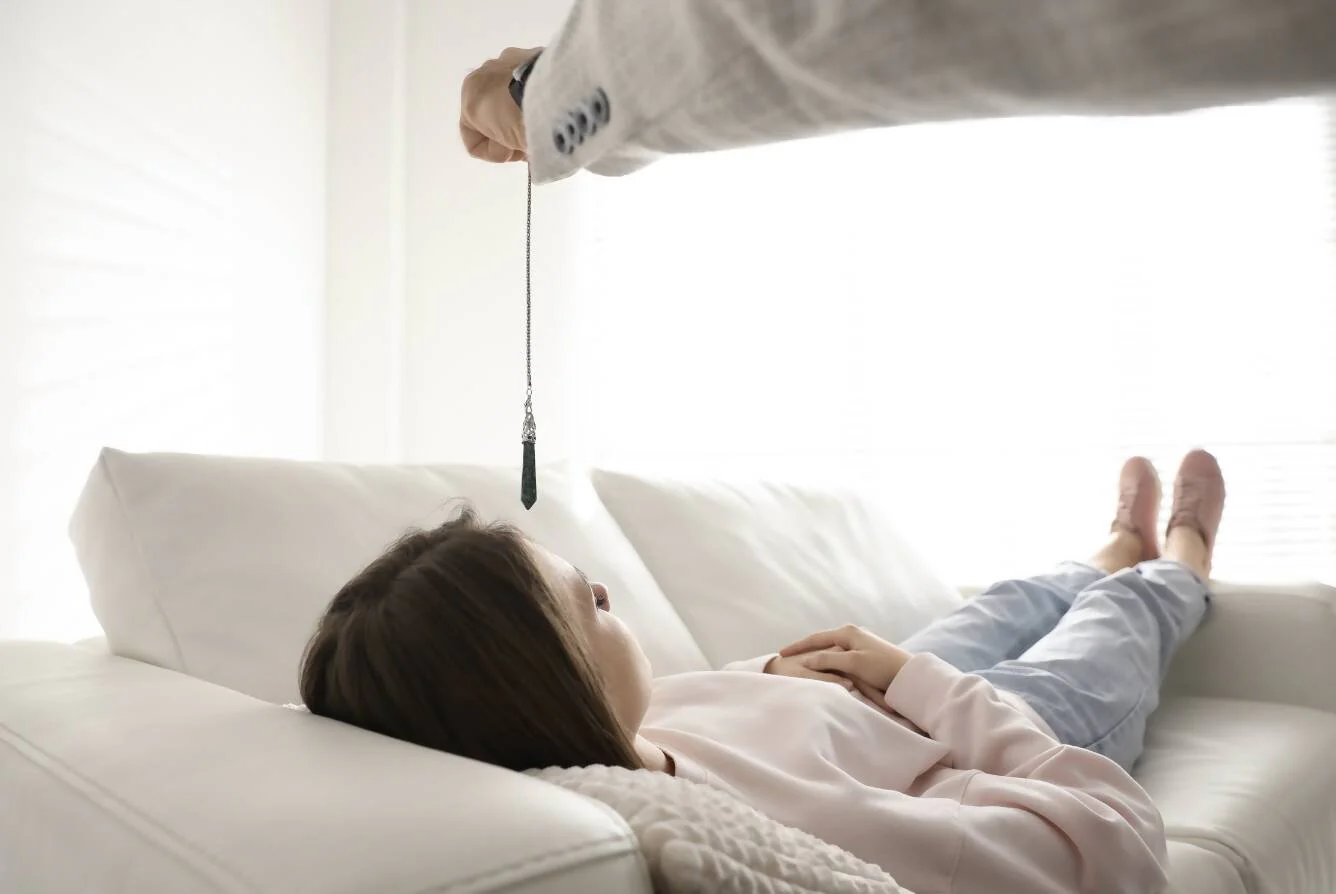Discover Your Perfect Healer Today!
Our online practitioner directory connects you with a wide range of healers to suit your unique needs.
Easily search and find the right professional to support your wellness journey.
Start exploring today to find your perfect match.
Modality
Disease
Books
Products
Events
Training
Blogs
Aesthetician
Aesthetician vs. Esthetician: Key Differences & Careers
In many cases, the beauty industry and those working in it can be confusing. The goal of this article is to explain what an aesthetician ...
Read More → Written by
James Williams
Chiropractor
Exploring Controversies and Criticisms of Chiropractors
Chiropractic care has become common in musculoskeletal disorders but not without controversy and opposition. From debates surrounding the effectiveness of spinal manipulation to concerns around ...
Read More → Written by
James Williams
Hypnotherapy
Scientific Insights into Hypnotherapy: What Research Reveals
Hypnotherapy has developed into a useful treatment modality, entailing the use of the mind as well as the body. For this reason, the medical profession ...
Read More → Written by
Michael Johnson
Occupational Therapist
How to Choose a Qualified Holistic Occupational Therapist?
Occupational therapy practice is one of those instances where the choice of the practitioner may affect the outcome of healing. In today’s world with the ...
Read More → Written by
James Williams
Naturopathy
Uncovering the Historical Roots of Naturopathy
Naturopathy draws its roots from the various ancient practices and philosophies oriented towards health and cure. Understanding the historical origin of naturopathy is the stepping ...
Read More → Written by
Michael Johnson
Dietician
Steps to Becoming a Dietitian Practitioner: A Comprehensive Guide
Self-education, practice, and professional certification make the process a journey worth undertaking. Their most troubling concerns in relation to the process are some of the ...
Read More → Written by
John Smith






